Please note, we are not medical experts, and this is not medical advice. It’s intended to be an informative blog post. Be sure to check out the links at the end of the blog for additional information.
There are plenty of emergencies your dog may have, but bloating is one of the deadliest. This condition can emerge rapidly and without warning. We want to make sure you know more about this dangerous canine condition so you can respond accordingly and possibly save your dog’s life!
What is Bloat?
Bloat is officially called gastric dilatation-volvulus (GDV). It is when gas, food, or fluids fills the dog’s stomach, causing it to expand and rotate and twist inside the body. As it turns and grows, it puts pressure on the organs, such as the heart and spleen. This begins to decrease blood flow to the heart and stomach lining, cutting off circulation, and this causes the dog to go into shock.
How does it happen?
Bloating typically happens after a dog has had a large meal and then exercises shortly after eating. However, that is not the only cause of bloat. Bloating could also be caused by eating very quickly, drinking too much water in one sitting, eating from a raised food bowl, and genetic factors. It can occur at any age but most often happens in middle-aged dogs. Bloating occurs primarily in large and giant dogs with deep chests and narrow waists. Great Danes have a more likely chance of bloating, but some other breeds are German Shepherds, Labrador and Golden Retrievers, Weimaraners, Setter breeds, and Standard Poodles. Though you must remember, it can happen to any dog, even small dogs like Chihuahuas and Dachshunds are at risk.
What to do/ How you can help
You should detect bloating as soon as you can. A few signs you can look for are drooling of saliva, frequent retching and attempts to vomit, anxiety, restlessness, pacing, lethargy or agitation, depression, and shock. If you think your dog is bloating, take him to the nearest emergency veterinarian as soon as you can.
How can you prevent it?
There is no direct way to prevent bloating completely, but you can decrease the risk of bloating. Having your dog eat two (or more) times a day instead of once will help, along with slow feeders for dogs who eat fast. Don’t let them run and play right before or after eating but rather wait 1 hour after exercising or playing to feed your dog and after feeding, wait another 2 hours to let your dog exercise or play. (It is best to feed one meal per day, later in the evening, after all activity has ceased as a preventative measure against bloat.) Another preventative measure you can take is having your dog get gastropexy surgery. This surgery tacks their stomach to hopefully prevent the twisting, typically performed when dogs will be spayed/ neutered. You should also have doggy first aid kits in your home and car for any emergency you may have. Your dog’s medical history and lifestyle may dictate what items you need in your kit. Ask your veterinarian for more details and advice that can medically prevent bloat. Gastric dilatation-volvulus is a dangerous condition, but with the right information and preventative measures we hope you’re able to help prevent bloat in your dog or respond accordingly to save your dog’s life.
More
You can find more information here:
Bloat – The Mother of All Emergencies
Gastric Dilatation-Volvulus (Bloat)
First Aid:
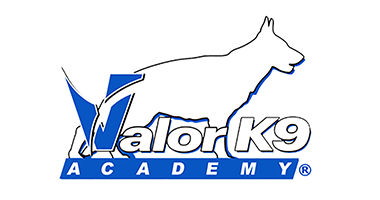
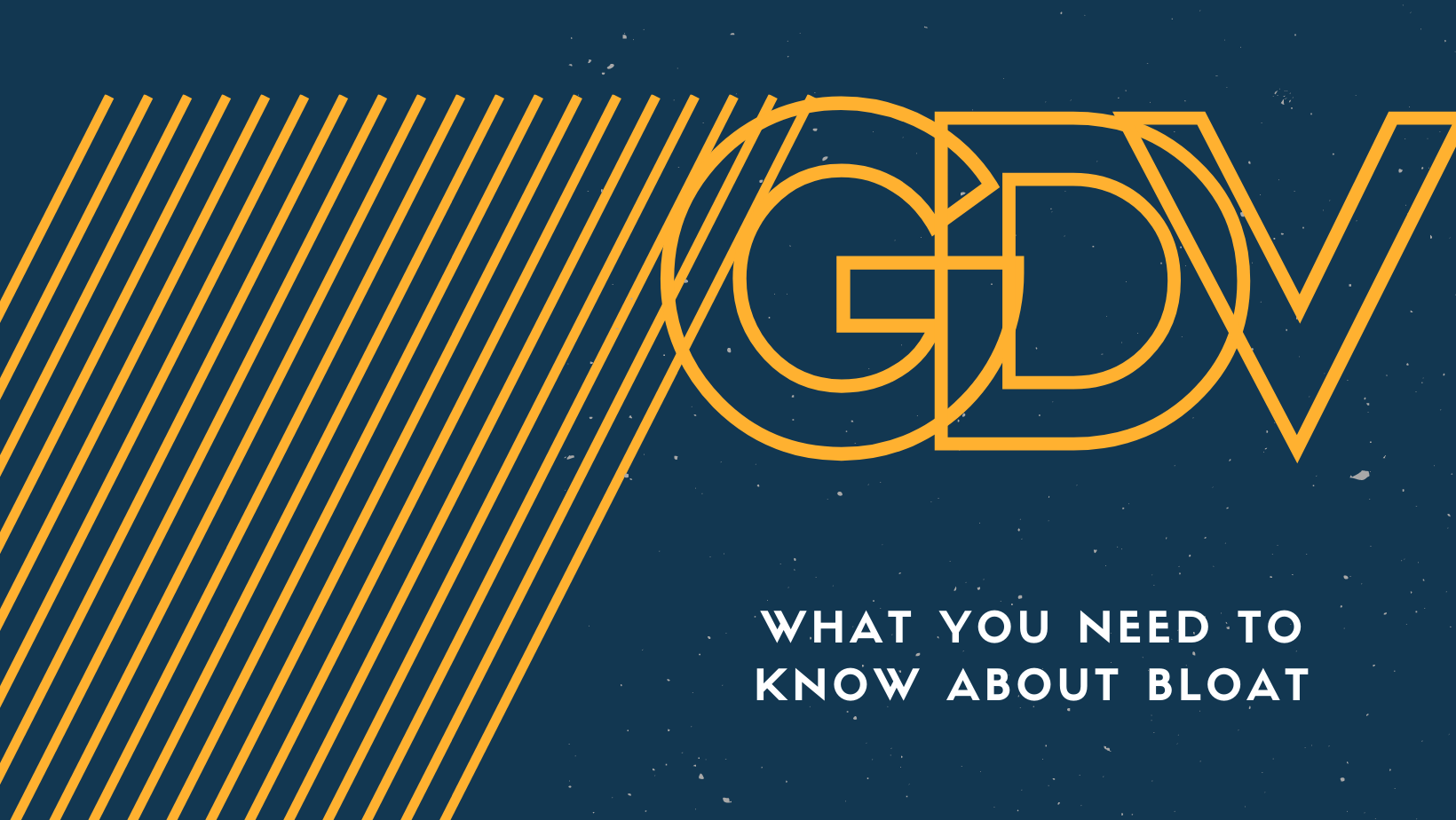

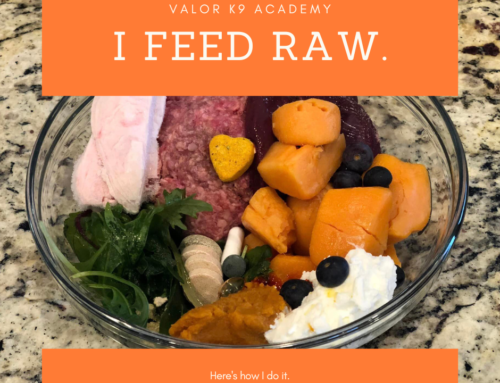
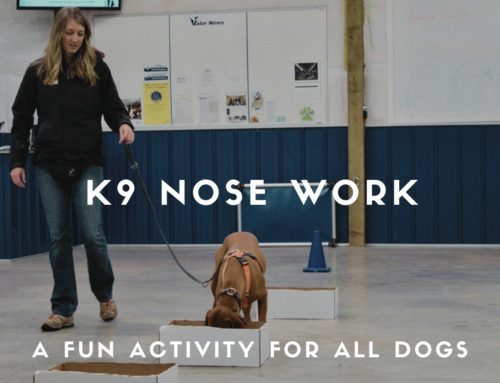
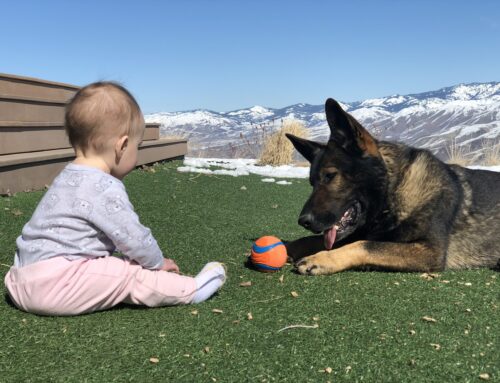
Leave A Comment